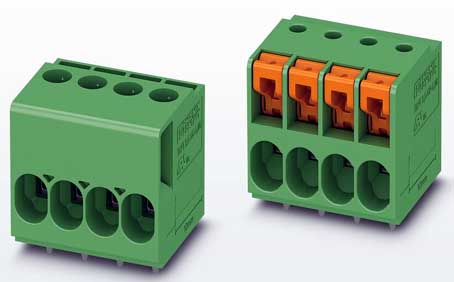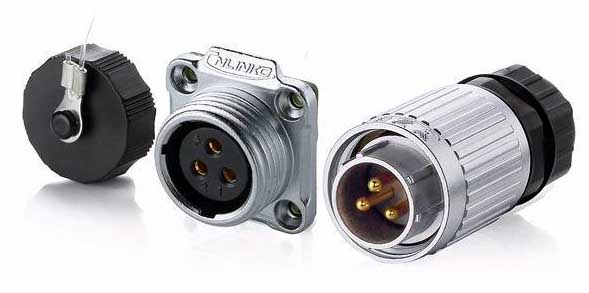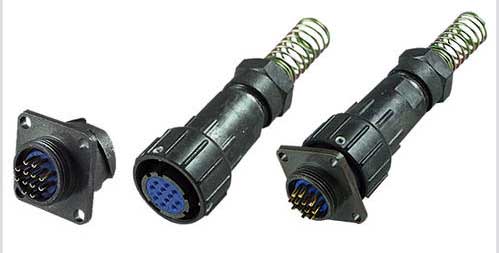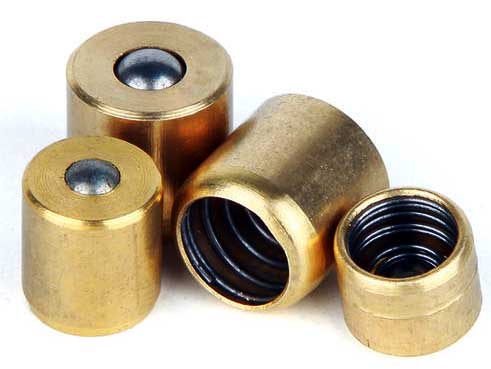Connector Safety Parameters and Mechanical Life

Connector insulation resistance
Insulation resistance refers to the resistance value exhibited by applying a voltage to the insulating part of the connector, so that leakage current is generated in or on the surface of the insulating part. It is mainly affected by factors such as insulation material, temperature, humidity, and contamination. The insulation resistance values provided on the connector samples are generally index values under standard atmospheric conditions. Under certain environmental conditions, the insulation resistance value will drop to an unused degree. Also pay attention to the test voltage value of the insulation resistance. Depending on the insulation resistance (MΩ) = voltage (V) applied to the insulator (V) / leakage current (μA), applying different voltages will have different results. In the connector test, the applied voltage is generally 10V, 100V, and 500V.
Rated voltage of the connector
Withstand voltage is the critical voltage that can withstand higher than the rated voltage within a specified time between the mutually insulated parts of the contact pair or between the insulated part and the ground without causing breakdown. It is mainly affected by contact spacing and creepage distance and geometry, insulator material, ambient temperature and humidity, and atmospheric pressure.

Connector mechanical life
1) The mechanical life of the connector refers to the plug life, which is usually specified as 500 to 1000 times. When the specified mechanical life is reached, the contact resistance, insulation resistance and withstand voltage of the connector should not exceed the specified value. Strictly speaking, the mechanical life should have a certain relationship with time. If it is used up to 500 times in 10 years and 500 times in 1 year, the situation is obviously different.

Number of contact pairs and pinhole

Number of contact pairs and pinhole
In connector plugs and sockets, the pins (male contacts) and jacks (female contacts) can generally be interchanged. In actual use, it can be selected according to the live conditions at both ends of the plug and socket. If the socket needs to be charged frequently, you can choose a socket with a socket, because the socket with a socket has live contacts buried in the insulator. The human body is not easy to touch the live contacts, which is relatively safe.
Vibration, shock, collision
2) Mainly consider the electrical continuity of the contact pair when the connector is subjected to vibration, impact, and collision under the specified frequency and acceleration conditions. The contact pair will instantaneously disconnect under this dynamic stress. The specified instantaneous time is generally 1μs, 10μs, 100μs, 1ms and 10ms. What should be paid attention to is how to judge the instantaneous failure of the contact pair. It is currently believed that when the voltage drop across the closed contact pair (contact) exceeds 50% of the electromotive force of the power supply, it can be determined that the closed contact pair (contact) is faulty. That is to say, there are two conditions for judging whether a transient has occurred: Both duration and voltage drop are indispensable.

Connection method
3) The connector is generally composed of a plug and a socket. The plug is also called a free end connector, and the socket is also called a fixed connector. The connection and disconnection of the circuit is realized through the plug, the socket, and the insertion and separation, so various connection modes of the plug and the socket are produced. For circular connectors, there are mainly three ways of threaded connection, bayonet connection and marble connection. Among them, threaded connection is the most common. It has the advantages of simple processing technology, low manufacturing cost, and wide application range, but its slow connection speed is not suitable for occasions that require frequent plugging and quick connection.
The bayonet type connection has a longer lead of the three bayonet slots, so the connection speed is faster, but it is more complicated to manufacture and the cost is higher. The marble connection is the fastest connection among the three connection methods. It does not need to be rotated, and only needs to be linearly moved to achieve the functions of connection, separation and locking. Because it belongs to a direct push-pull connection, it is only suitable for connectors with a small total separation force. Generally it is more common in small connectors.
Development characteristics of electrical connectors
1. Toward the direction of miniaturization, high density and high speed transmission;
2. Development towards high-performance and high-frequency technology;
3. The market for high-voltage and high-current connectors is also very large;
4. Connectors are also developing in the direction of anti-interference technology, modular technology and lead-free technology.





